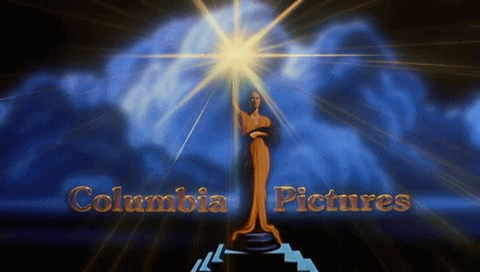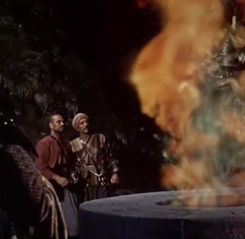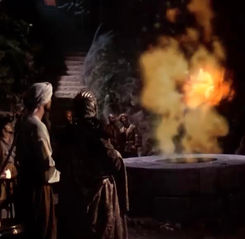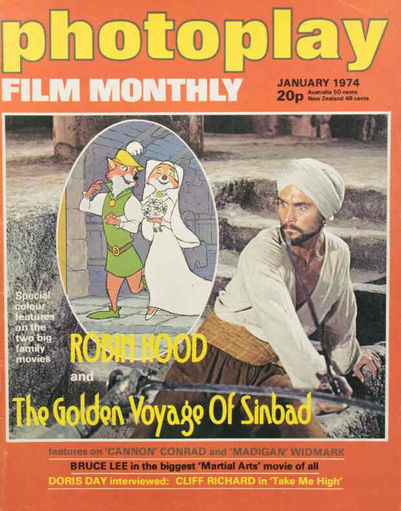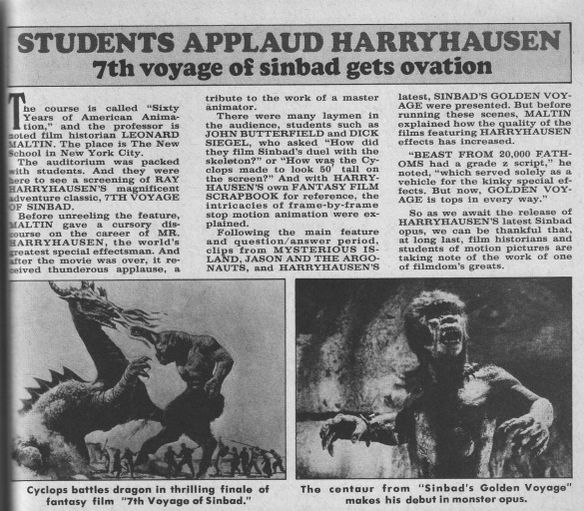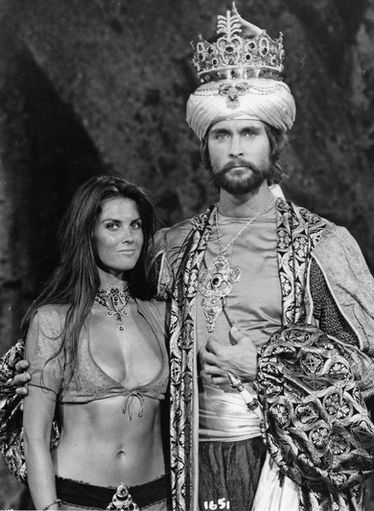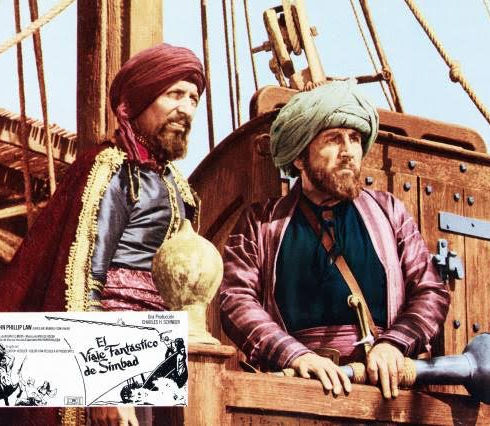

.com

Estd. 2020
Centenary
Project
2027

Approved by the Shaw Family







"Go now! Go North!"

"As a person and an actor he was challenging. Creative, funny, clever, sexy and enormously alive. Even now I can't think of him as dead."


trailer
Robert Shaw as The Oracle of All Knowledge (Voice Only)

Sinbad and the vizier of Marabia, followed by evil magician Koura, seek the three golden tablets that can gain them access to the ancient temple of the Oracle of All Knowledge.
Directed by Gordon Hessler
Screenplay by Brian Clemens
Produced by Charles H. Schneer and Ray Harryhausen
Music by Miklós Rózsa
Cinematography by Ted Moore
Edited by Roy Watts
Also starring John Phillip Law, Caroline Munro, Tom Baker, Martin Shaw and Douglas Wilmer
Released by Columbia Pictures
Release Date: December 20th 1973
Running Time: 105 minutes
Location(s): Majorca and Madrid, Spain
Filming Dates: June 19th - August 3rd 1972


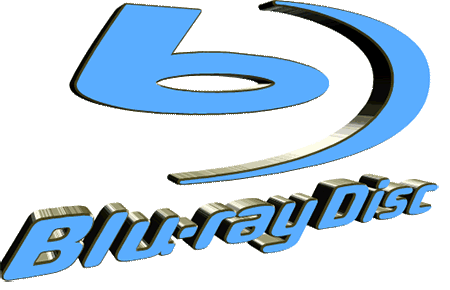






gallery

the galley
The Oracle Speaks
The scene featuring Robert voicing the Oracle of All Knowledge. Robert voiced this as a favour to Gordon Hessler whilst he was living in Madrid and asked to be left off the credits.
Official Movie Soundtrack
Enjoy this jaunty soundtrack from Oscar winning composer Miklos Rozsa.
Making of Featurette
A rare behind the scenes peek at Ray Harryhausen working his magic.





![now showing GIF_thumb[1].gif](https://static.wixstatic.com/media/51f4b8_c475c3f62240416ea489b9651df68e26~mv2.gif)


Press Play




DIRECTOR
Gordon Hessler
(1925 - 2014)


John Phillip
Law
(1937 - 2008)

Martin
Shaw
(1945 - )


Caroline
Munro
(1949 - )
Tom
Baker
(1934 - )

Douglas
Wilmer
(1920 - 2016 )


The actors, John Philip Law, as Sinbad, and Caroline Munro, as the flimsily dressed slave girl who is along on the voyage largely for scenic purposes are not quite so animated as the mythic creatures surrounding them.
The movie is short on talk, except for the windbag wizard (Tom Baker) who plays the villain, and long on action, quite the proper proportion for entertainments like this. Sinbad is light, silly fun, and kids will probably appreciate both the skillful technique of the fantasy.
Shaw voiced his role over two days whilst in Madrid as a favour to director Hessler and insisted his name be left off the credits.

Lobby Card Gallery

